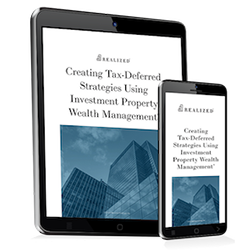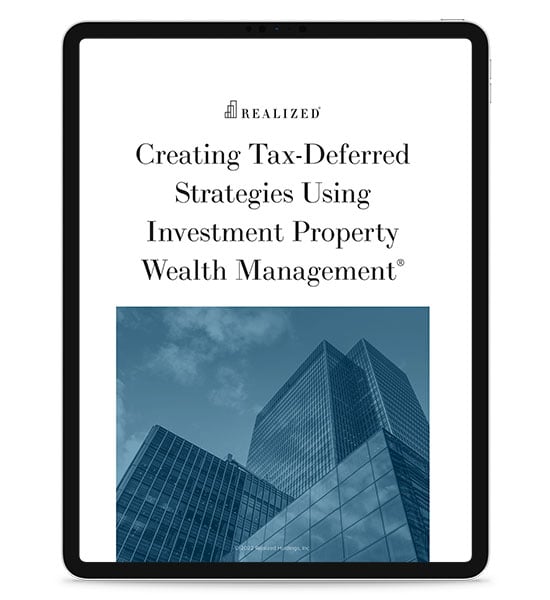
Tax time brings with it several different forms that must be filled out and filed to the IRS, typically by April 15. This year, the income tax deadline has been pushed to April 18, 2022 for most.
The most common forms when it comes to reporting earnings are the W-2 (sent by employers to report employee annual wages as well as withheld state and local income taxes) and the 1099v (for other non-salaried income earned). Here’s a fun fact: There are currently 21 different 1099 forms. The two that are currently generating some confusion are the 1099-NEC and the 1099-MISC.
The confusion arises because beginning in 2020, the 1099-NEC took over some reporting functions that were once filed by 1099-MISC.
Form Enlightenment
So, what is the difference between a 1099-MISC and 1099-NEC? Let’s take a look at what the IRS has to say about them.
1099-MISC, Miscellaneous Income
You’ll receive Form 1099-MISC if you’ve earned at least $600 from the following:
- Rents
- Awards and prizes
- Medical and healthcare payments
- Crop insurance proceeds
- Fishing boat proceeds
- Attorney proceeds
If you are self-employed and have been for years, you might remember that a 1099-MISC would be sent to you by a client or vendor for payment in response to services rendered. But that information is now handled by . . .
1099-NEC, Nonemployee Compensation
You might receive Form 1099-NEC under the following situations:
- You’re paid for products or services by a client or vendor (not an employer)
- You’re paid for parts or materials used to perform services for a client or vendor
- Your business is in the form of a sole proprietorship, partnership, or estate
- The payment total is at least $600 for the year
In addition to fees, nonemployee compensation can include benefits, commission, awards, or other compensation for services. The operative word here is “nonemployee.”
The Historical Perspective
So why did the IRS decide to establish the 1099-NEC? The Nonemployee Compensation form isn’t really all that new. It was first introduced in the early 1980s. But in an attempt to simplify the reporting process, the IRS eliminated the 1099-NEC, and instead required nonemployee compensation information to be reported on the 1099-MISC.
Then came the Protect Americans from Tax Hikes Act (PATH) of 2015, which required changes to the 1099-MISC. And those changes created a great deal of confusion among the organizations that had to issue these forms.
Basically, those filing 1099-MISC on behalf of freelancers and independent contractors earning nonemployee compensation had to report the information by January 31. On the other hand, those filing the form without such compensation (i.e., rents, awards, and crop insurance) had until February 28 to report.
Adding to the situation was an increase in independent contractors earning nonemployee compensation as part of the “gig” economy—think those earning income from ride-sharing, pet sitting, or food delivery.
In short, growing confusion over nonemployee compensation reporting led to the reemergence of Form 1099-NEC.
Independent Contractor versus Prize Patrol
As is mentioned very often, just about all earnings are taxed. The difference comes from how those earnings are reported. The general rule here is that if you’re earning money for products produced or services rendered as a sole proprietor, partnership, or LLC, you’ll likely receive a 1099-NEC. You’ll receive the 1099-MISC for rental income or money sent to you by an attorney.
This material is for general information and educational purposes only. Information is based on data gathered from what we believe are reliable sources. It is not guaranteed as to accuracy, does not purport to be complete and is not intended to be used as a primary basis for investment decisions. It should also not be construed as advice, meeting the particular investment needs of any investor. Realized does not provide tax or legal advice. This material is not a substitute for seeking the advice of a qualified professional for your individual situation.



